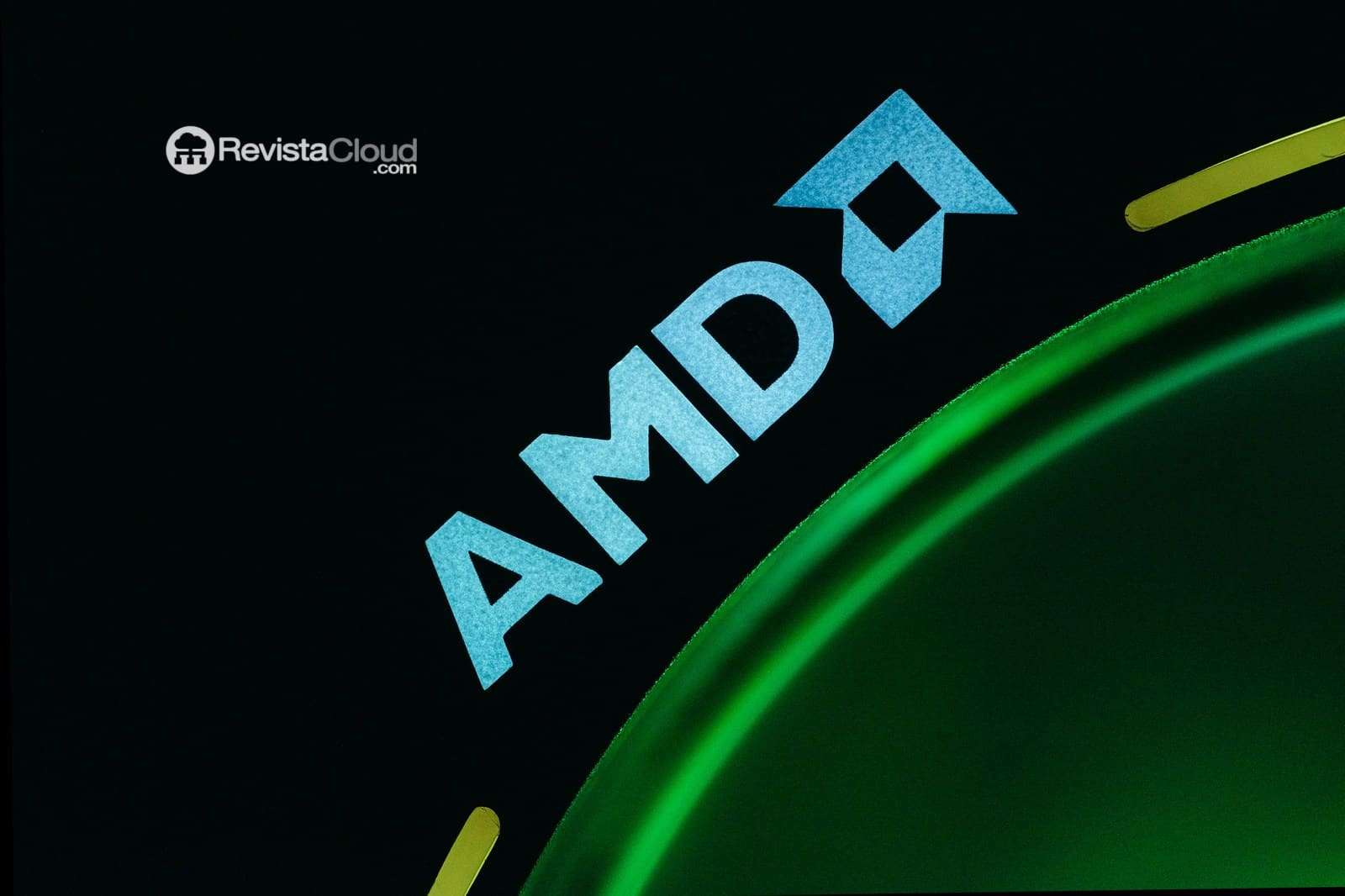Adeia Inc. (Nasdaq: ADEA) announced that it has filed two patent infringement lawsuits against AMD in the Western District of Texas. The company — known for licensing portfolios of IP in semiconductors and media — claims that AMD infringes on 10 patents from its portfolio: 7 related to hybrid bonding technologies (3D silicon stacking) and 3 linked to advanced process nodes.
“After prolonged attempts to reach a non-litigation resolution, we believe this step was necessary to defend our intellectual property from unauthorized use,” said Paul E. Davis, CEO of Adeia.
What Adeia is claiming (and why now)
- Scope of the patents: hybrid bonding (a pillar of 3D stacking) and advanced processes (techniques used in cutting-edge nodes).
- Targeted products (according to industry analysis): AMD’s 3D V-Cache CPUs, which stack cache dies on the compute chiplet via 3D integration.
- Sought remedies: unspecified damages and injunctive relief to stop the use of allegedly patented technology.
The decision to sue AMD alone is notable given that TSMC manufactures the chips in question. Adeia points to the final product’s distributor; however, in bonding disputes, foundries are often also involved. An open question remains: why didn’t Adeia litigate earlier, when the X3D technology was introduced in 2022.
Who is Adeia and what are its goals
- Since spinning off from Xperi/TiVo, Adeia operates as a R&D and IP licensing firm (often categorized as a NPE).
- It claims to manage over 13,000 patent assets worldwide and to hold broad licenses in media and semiconductors.
- In 2023, it “resolved” a lawsuit with NVIDIA outside of court (terms confidential). It has also taken action against other major technology companies.
The stated goal: to achieve “fair and reasonable” compensation or, failing that, to defend its rights in court.
What options does AMD have
- Out-of-court settlement (license/royalties)
- Advantage: quick certainty, avoiding the risk of injunctive measures that could halt 3D V-Cache and other products.
- Cost: recurring payments or lump sum; possibly a precedent for future claims.
- Prolonged litigation
- Advantage: possibility to invalidate patents or demonstrate non-infringement; preserves negotiating position if successful.
- Risks: years of legal process, high costs, risk of injunction impacting AMD’s competitive advantage (notably, 3D V-Cache is a key differentiator in gaming and CPUs).
Critical aspect: an injunction could remove products with V-Cache from the market or force redesigns, causing immediate commercial impact.
What is hybrid bonding and why is it sensitive
The hybrid bonding technique (copper-copper/o-xide-o-xide bonding at wafer or die level) is the method that stacks dies with very high interconnection densities and low resistance. It is the foundation of modern 3D stacking technologies (caches, memories, chiplets). It is a strategic vector: it enhances performance and energy efficiency without relying solely on node scaling. Thus, patents in this field hold high value and are often a focus in disputes.
What to watch for next
- Patent content: specific claims (method, structure, process) and priority timeframe.
- AMD’s response: initial motions, possible counterclaim, or patent validity challenges.
- TSMC’s role: although not sued, its technical role could be central to the defense.
- Schedule in the W.D. Texas: typically swift in patent cases; could accelerate key hearings.
- Risk of injunctive relief: the greatest threat to AMD, given the importance of 3D V-Cache in its product lineup.
Potential impact (if Adeia gains traction)
- Financial: royalties on past/future sales or a global settlement; pressure on margins.
- Product: possibility of injunctions leading to supply pauses or design revisions.
- Strategy: AMD might diversify packaging or adjust contracts with foundries to share or transfer IP risks.
In summary
Adeia has initiated legal action against AMD for 10 patents focused on hybrid 3D stacking and advanced nodes. Due to the technology profile — especially in 3D V-Cache — the issue is material for AMD. The precedent with NVIDIA suggests that a settlement is plausible; nonetheless, until licensing agreements or a ruling are in place, the risk of injunctive measures and costs remain real. In the coming weeks: stay tuned for AMD’s formal response, technical patent details, and any signs of negotiation.
via: adeia

